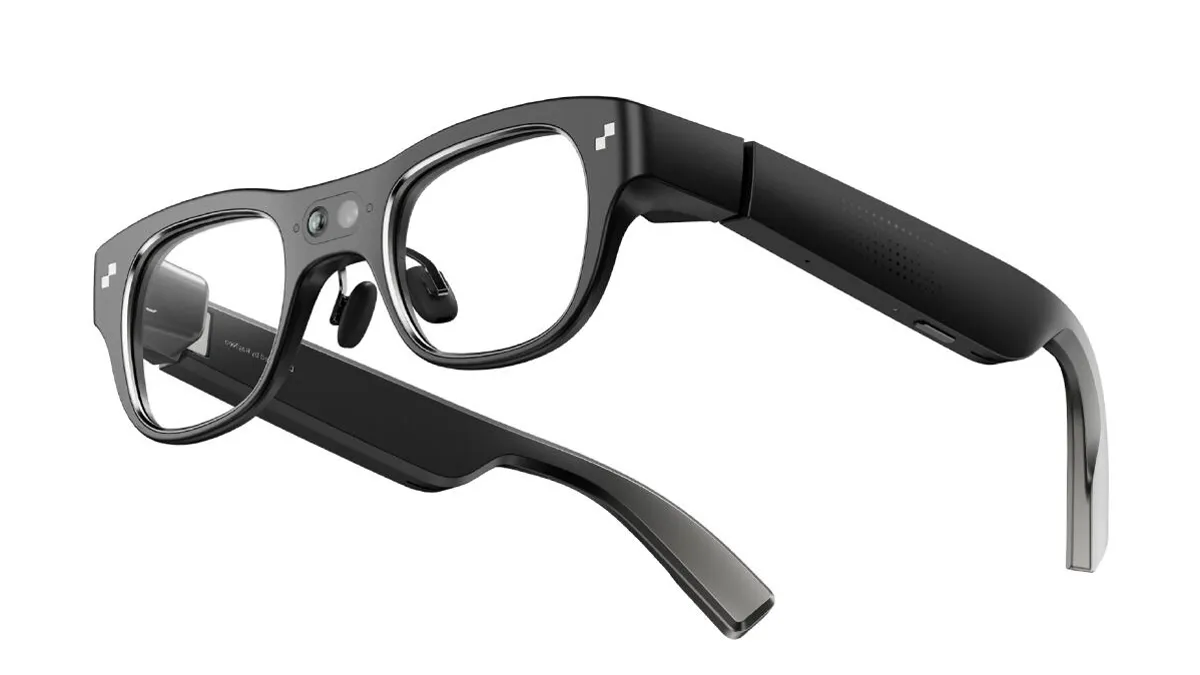Samsung’s upcoming Galaxy S25 series appears set to continue the tradition of featuring both Exynos and Snapdragon chipsets, a strategy that Samsung has toggled between exclusively and in combination over the years. The Galaxy S25 Ultra might exclusively use the Snapdragon 8 Gen 4, while other models in the lineup are expected to incorporate both the Snapdragon and Exynos 2500 chipsets.
Chipset Performance and Efficiency
The debate between Exynos and Snapdragon chipsets centers on performance and power efficiency. The Snapdragon 8 Gen 4, manufactured using TSMC’s 3 nm process, is touted to deliver substantial performance improvements, potentially reaching over 10,000 on Geekbench 6’s multicore score . Meanwhile, Samsung’s Exynos 2500, also built on a 3 nm process, is reported to excel in power efficiency, which could translate to better battery life for devices utilizing it.
Design and Technical Innovations
Both chipsets have embraced the latest ARM architecture with notable distinctions. Qualcomm has shifted from Cortex CPU cores to custom-designed Phoenix cores based on the Oryon architecture, potentially enhancing performance and efficiency. On the other hand, Exynos continues to employ ARM’s Cortex CPUs, with the latest iterations aiming for significant improvements in speed and efficiency.
Market Impact and Consumer Choice
The choice between Exynos and Snapdragon does not only influence the performance characteristics of each model but also affects market segmentation. Typically, Samsung has favored Snapdragon for the U.S. and China due to their better compatibility with local network standards, while Exynos has found a place in global markets. This dual strategy allows Samsung to optimize its offerings regionally but also leads to varied user experiences in terms of device performance and battery life.
Looking Ahead: The Future of Galaxy S25
As Samsung prepares for the launch of the Galaxy S25 series, the ongoing development and optimization of the Exynos 2500 reflect Samsung’s commitment to enhancing its in-house chipset capabilities. Despite the improvements, Samsung seems poised to maintain a balance between using its own Exynos chips and Qualcomm’s Snapdragon, ensuring that both technologies continue to coexist in its flagship models.
Samsung’s strategy with the Galaxy S25 underscores a broader trend in the smartphone industry: a push towards more customized and optimized solutions that cater to diverse global markets. As the Exynos vs Snapdragon debate continues, the outcome of this strategy will likely influence not only the performance and market reception of the Galaxy S25 series but also Samsung’s future directions in chipset technology.



















Add Comment